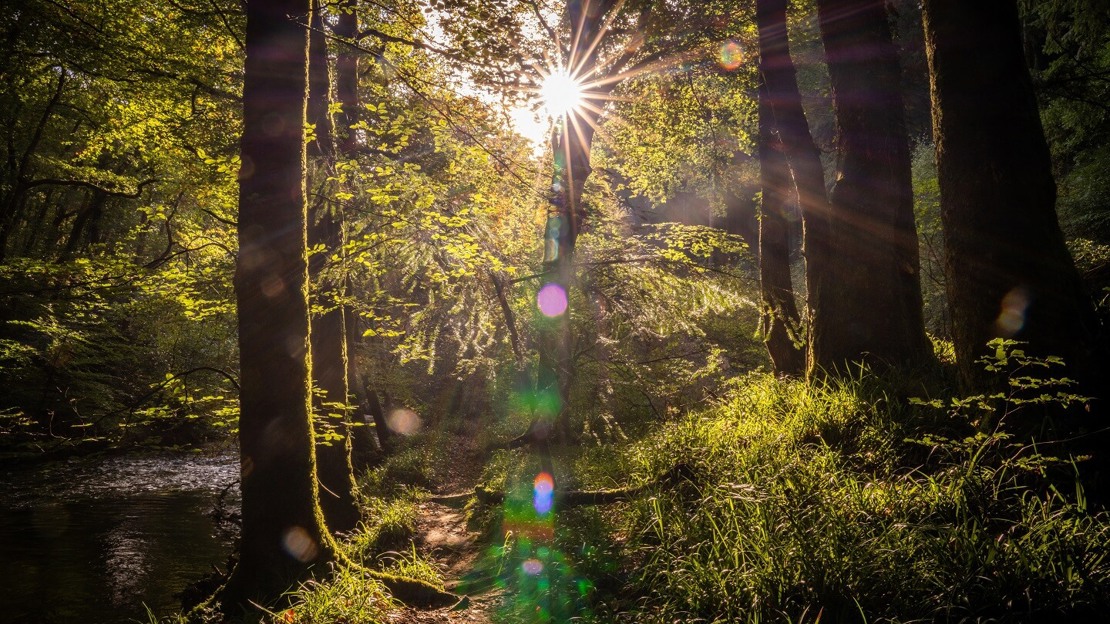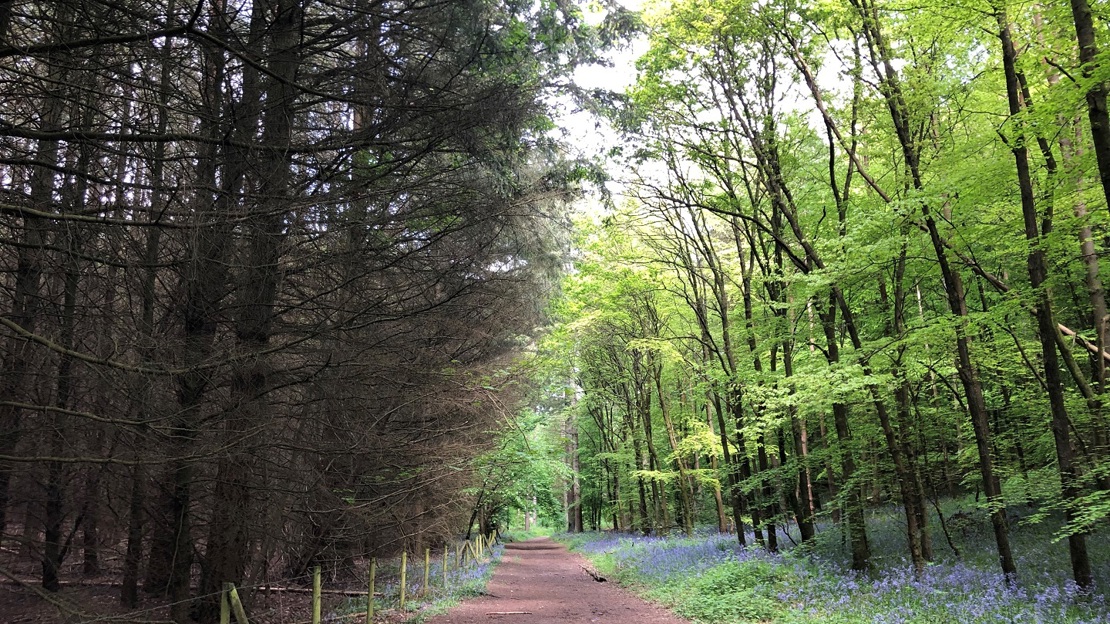
Tell your government to save our Forgotten Forests
Voice your support for an urgent rescue plan for our vanishing ancient woods.
Contact your ministerAncient woods are irreplaceable havens of biodiversity and one of our richest habitats. They’re packed with centuries of our cultural heritage and vital in our fight against climate change and biodiversity decline. But many of them have reached a pivotal moment and this could be our last chance to save them. Unless our governments act decisively, we risk losing these precious ecosystems forever. Urge your minister to rescue our damaged ancient woods now.
After two World Wars, Britain was desperate for timber to help rebuild the country and landowners were encouraged to make their woodland more economically productive. It seems shocking now, but ancient woods were sometimes even described as ‘woodland waste’. Many were cut down and replanted with vast blocks of fast-growing trees to produce timber. Non-native conifer trees were the most common choice.
The dense planting of these evergreen conifers shaded the woods in year-round darkness and new management techniques, including heavy machinery and chemicals, were introduced. Without light, variety of tree species, or traditional management, biodiversity plummeted. The true identity of these ancient woodlands retreated into the soils and was forgotten by many in power as they became ‘Plantations on Ancient Woodland Sites’ (PAWS).
Many of these plantations are now ready to fell and harvest. Landowners are facing a choice between restoring these sites to their former glory or replanting with more conifers. But without government support, replanting another timber crop is often the most economical option. We need timber plantations, but not located on the soils of ancient woodland.
Our ancient woodlands are rich and diverse. The beating heart of our ecology, culture and heritage.
But today, few remain. After the Second World War, almost half were clear felled and replanted with fast-growing timber to rebuild Britain.
In a list of number one priorities, timber would rank pretty high. The war has played havoc with Britain's forests. Plantations of young conifers are the birthplaces of the woodlands of tomorrow. But Britain is short of wood now. Pit props for the mines, railway sleepers, telegraph poles, house building and paper supplies – these are just a few things where timber is essential.
But as non-native trees sprang up, light disappeared and wildlife and history was lost or buried underground. These are our forgotten forests and they're at a critical turning point.
With plantations ready for harvesting, the future of many ancient woods hangs in the balance. It's now or never – they need expert restoration to be brought back to life.
But restoration efforts have grown to a halt or barely started in many places. Although damaged, these woods still have ancient soils and seed banks and remnants of woodland specialist species. We're at a crossroads, our forgotten forests are vanishing before our eyes.
Give them a fighting chance. Add your voice today.
Times have changed. We now know that the remaining fragments of these woods and the soils they stand on are priceless. Ancient woodland covers just 2.5% of the UK’s land area, but around 40% of that has been converted to plantation. Many of those stand in our temperate rainforests which are rare not only in the UK but globally, making their recovery even more urgent.
Although damaged, these sites still retain the complex soils and seedbanks of ancient woodland, and remnants of the species that existed there before. But they are hanging on by a thread. Replanting these sites with a timber crop or allowing non-native conifer species to grow back could be the nail in the coffin. It could kill the vital remains of the ancient woodland and restoring them would be impossible.
Landowners need bold, urgent action from our governments to help them restore their ancient woodlands while they still can.

We have a once-in-a-lifetime chance to bring these woods back from the brink. We need the English and Scottish Governments to:
Scottish Government lacks clear data or targets for effective restoration. It must also:
This could be the point of no return for many ancient woods. But it’s also a golden opportunity. Fully funded rescue plans would nurture these plantations on ancient woodland sites back to thriving space for people and wildlife. They can still return to the healthy, diverse, ancient woodlands they once were, and our precious temperate rainforests can flourish. But we must act now.
Will future generations look back and mourn the irreplaceable ancient woods we abandoned, or celebrate our extraordinary commitment to reviving them?
Your voice can save our Forgotten Forests. For nature, people and climate, urge your government to remember our Forgotten Forests before it’s too late.

Voice your support for an urgent rescue plan for our vanishing ancient woods.
Contact your minister